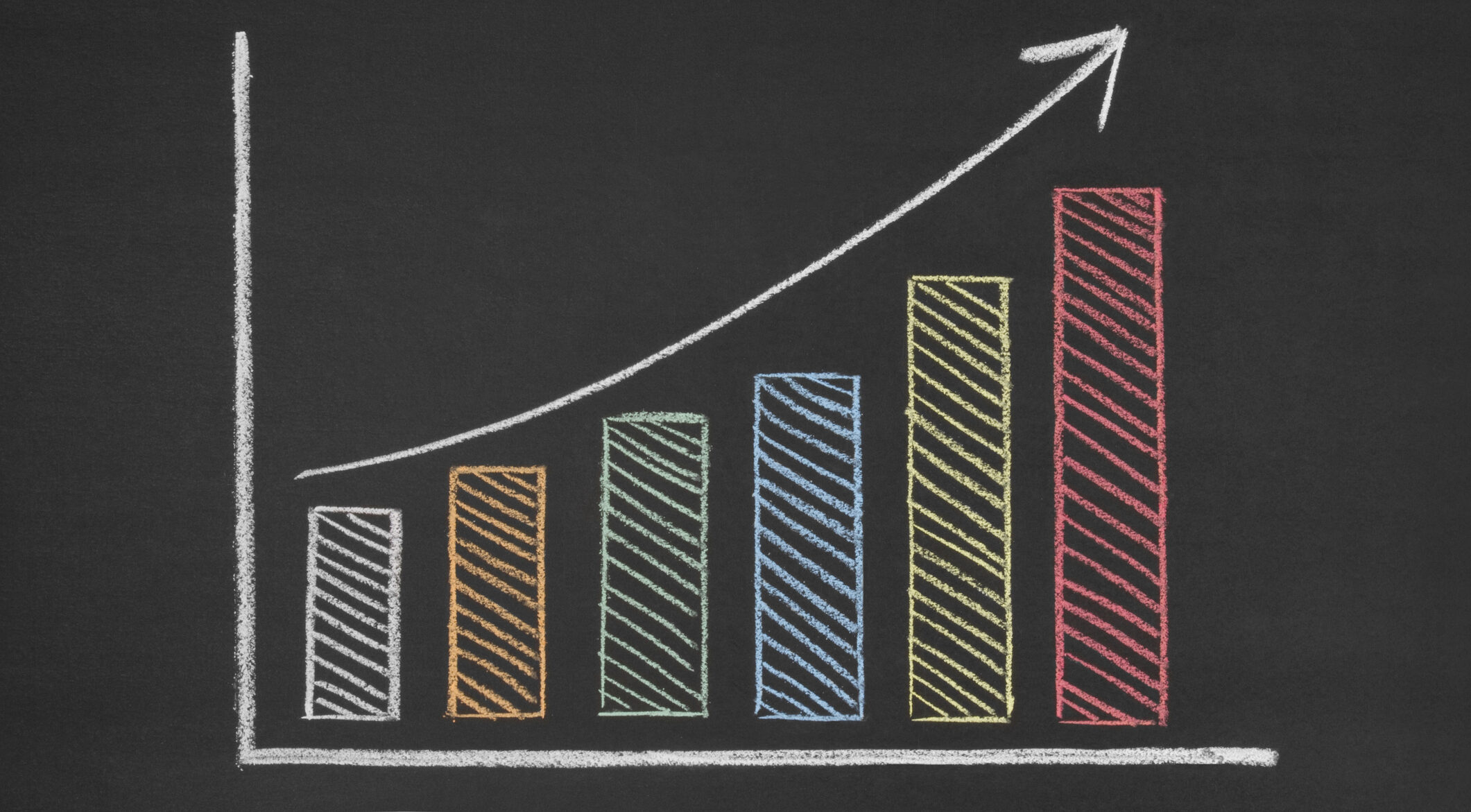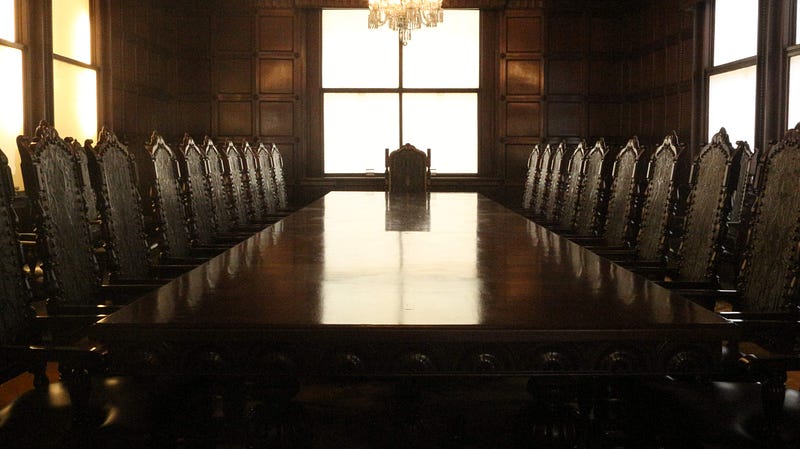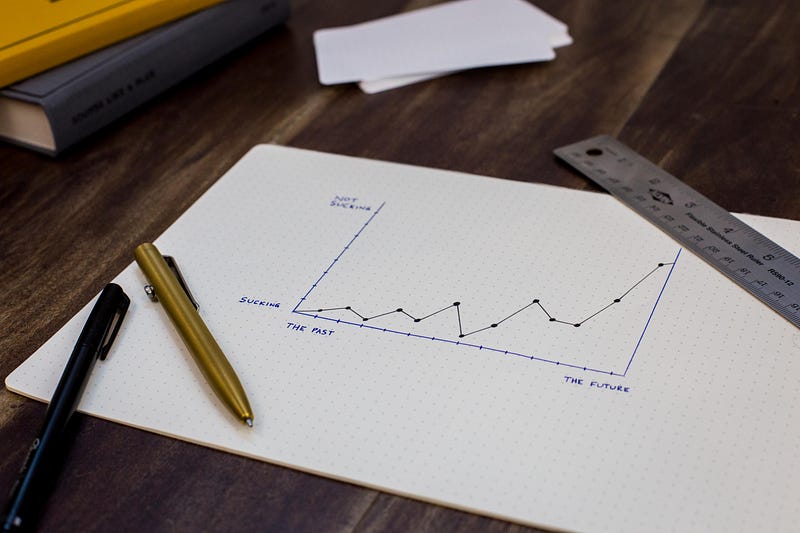A discussion of chapter 4 “As Your Own Life Shows”
In the previous chapters, McCloskey has shown that before the Great Enrichment began over 200 years ago, all of mankind everywhere lived a subsistence lifestyle.
It was only after industrialization that technology grew at a sustained rate faster than the population, finally allowing an increasing standard of living for any country that adopted capitalism.
But McCloskey can hear many readers shouting, “Oh, yeah? That may be true for a few millionaires and billionaires, but the rest of us are barely getting by!”
Inborn Pessimism
I am glad she mentioned one facet of humanity — always thinking the worst.
Media knows it can always sell bad news. “If it bleeds, it leads.”
As McCloskey observes, this innate pessimism may be the modern version of being acutely aware of danger. (p. 30) The ancestor that thought all was OK at all times was most likely eaten by a wild animal before having a lot of children!
The one that was always preparing for the worst was more likely to survive, reproduce, and keep their children alive.
So, in a way we are built to see the worst. While it can be a force for good, making us act more like ants than grasshoppers, it can also color our view of the world today making us think everything is worse than it is.
When Were the Good-Old-Days?
Another feature of human nature is a tendency to think back to some golden era, when things were much better.
Romanticizing the good old days, compared with which our latter days look so shabby, has been standard since the Romantic movement, and anyway was a conventional trope among the Greeks and Hebrews and Hindus celebrating an age of gold. (p. 30)
It is easy to focus on the problems of today and look to earlier times as being simpler and more pure.
While there are works of science fiction that look to the future with hope, like Gene Roddenberry’s original view of Star Trek, there are countless more stories looking to the future with fear.
Dystopian stories of our future abound in books and movies, appealing to our innate suspicions that we are on a trajectory of things getting worse and worse.
What an Increased Standard of Living Really Means
Thus, the point of this chapter is for McCloskey to get the reader to take a realistic assessment of the increase in our standard of living compared to someone from the year 1800.
She does a thought experiment where she describes a typical reader looking around their home where they are reading her book and lists the many, many items that would not have been available for someone from 1800.
Some of her ideas are more mundane like ballpoint pens. But, if you watch some of the Dark Academia aesthetic videos on YouTube, one of the things the content creators like to do is write with a pen using an inkwell, as you would have several hundred years ago.
A fun experiment? Perhaps.
Entertaining content? That’s up to you.
The way I would want to write today? No. Ballpoint pens are easier and less messy. And a lot cheaper.
But, she goes beyond the pens and the cup that is holding them to mention
- “…the electric lights much brighter and more convenient than candles or kerosene lamps,
- the running water and sewer system, making possible the indoor toilet that your great-aunt’s farm in Illinois in 1930 did not have,
- the central heating rare even in rich Britain before 1970,
- the thin TV screen hanging on the wall with access to many hundreds of idiotic programs…”
and so many more items. (p. 31)
And I would add the phone, tablet or computer you are reading this on. Look around yourself now where you are and see what would not have been available in 1800.
In class, when we cover the chapter on inflation, I teach how to adjust for inflation so you can compare real income over time.
I always ask if someone would be willing to live in early 1900 with what would be a high income for that time. I personally would say no because I do not want to give up electricity, indoor plumbing, and probably most importantly, antibiotics and other medical advancements.
Most of my students also decide no, but usually because they cannot imagine living without the internet and their phones.
Conclusion
While this chapter does not have as much new information as some of the previous chapters, I think it is needed to shake the reader a bit into recognizing all the things we take for granted as we focus more on our struggle to pay all our bills or looking at all we don’t have but would like.
McCloskey is pointing out that even the poorest people in the United States have access to things no one in the past had and live better than the aristocrats of several hundred years ago.
The volume of clothing we have and even more, the ease of washing it, are things we do not usually consider.
And again, the A/C and heating, indoor plumbing, and medical and dentistry advancements were not available for the richest people back then.
Clearly, the average standard of consumption is far above the historical norm of $3 a day in countries that have adopted capitalism and industrialization. But, you may still have doubts it is good for all the people in those countries.
But, one feature of this growth, and why it is so important not to put policies in place that thwart it continuing, is it has been good for the poor. More on that in the next chapter.
Reference: McCloskey, Deirdre Nansen, 2016. “As Your Own Life Shows,” Chapter 4 of Bourgeois Equality, The University of Chicago Press.




